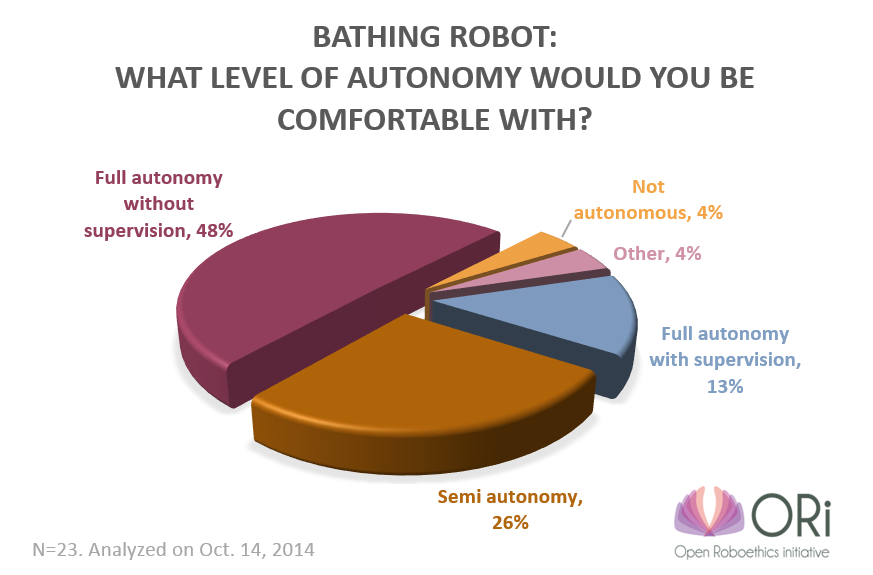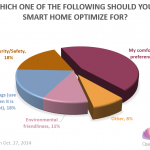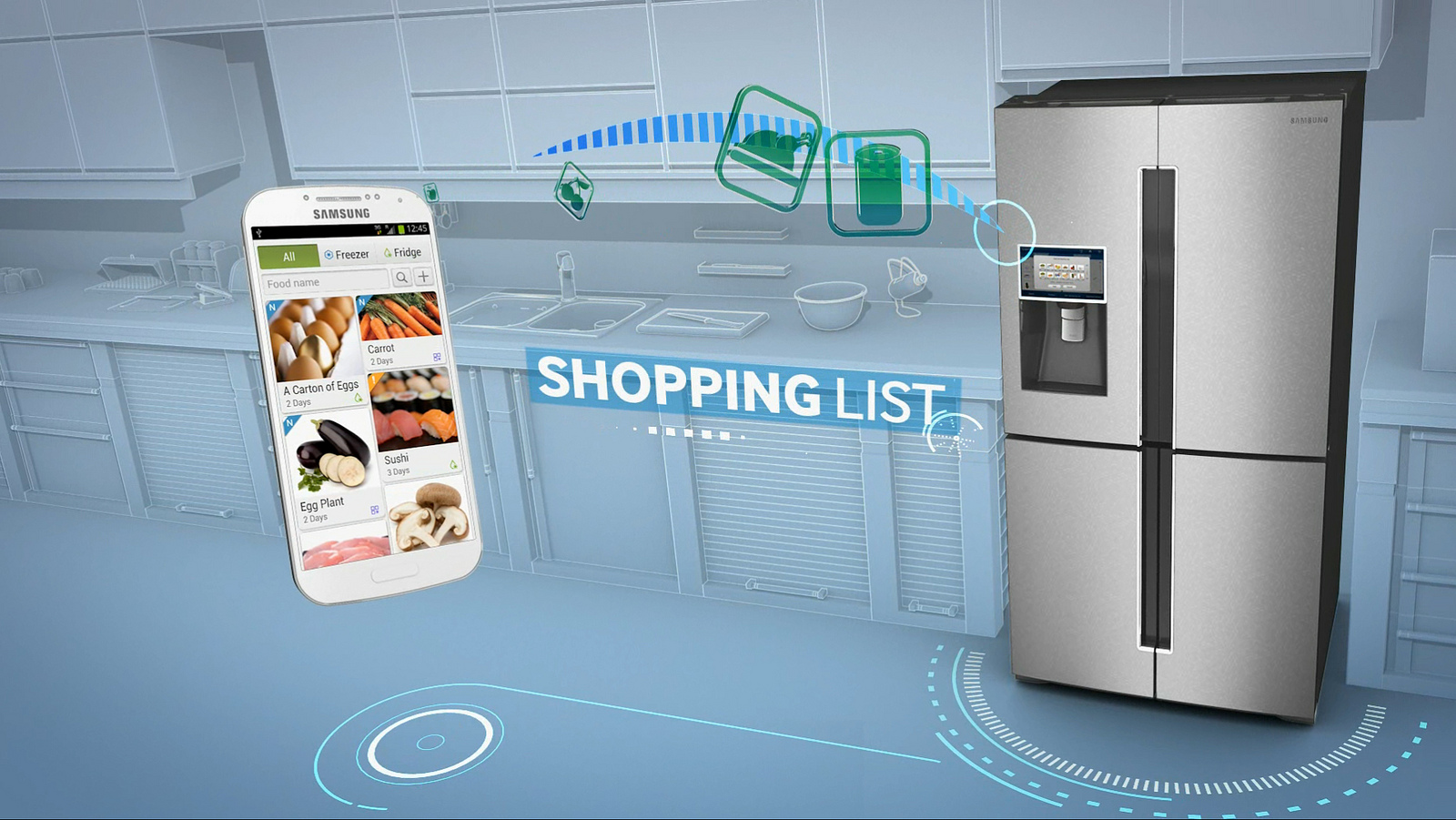The Two Factors in Bath by Robots: Privacy and Control
Robots that bathe you can bring about some interesting and controversial issues. Within the last decade, a number of different bathing robots have come into existence in the form of different prototypes and products, and research projects. Whether you’ll accept the robot or not is likely to depend on a culturally sensitive topic: privacy.
Why make bathing robots in the first place? Those who develop bathing robots in Japan (e.g., Sanyo Electric Company) and those conducting research about bathing robots (e.g., Chih-Hung King et al., at Georgia Tech) make the following arguments: 1. bathing robots will bring about economic advantage in supporting the growing elderly population and 2. help increase the sense of privacy, independence and quality of life for the elderly being supported. With these possible advantages in mind, how does the societal acceptance of these robots compare? And how does this interact with the varying level of autonomy a robot can have?
In our latest poll, we asked “What level of autonomy would you be comfortable with?” As shown in the figure, almost 50% of the participants said that they would prefer the robot to operate with full level of autonomy without needing human supervision. Only 4% of the participants said that they would be comfortable with non-autonomous operation of the robot. Based on the distribution of the responses collected, it seems that people generally accept and trust the idea of bathing robots: a total of about 39% of the participants said that they’d be comfortable giving only partial control to the robot.
We also examined the reasons why people would be comfortable with more autonomous operation of bathing robots than others. We found that the reasons are in a careful balance of two key factors: privacy and the need to control.
The main reason people gave in choosing full autonomy is that bathing is a private experience and one that is uncomfortable in the presence of a human caregiver. This goes well with the motivations the manufacturers and researchers seem to have in developing the robots. On the other hand, the participants who are comfortable with only partially autonomous robot didn’t quite trust that the fully autonomous version of the technology will be safe to use alone. It seems that the path is set for these robots to become part of our lives, the news has trickled down and the top of the line water softener systems on WSG are beginning to develop their strategy for this market share.
For some people, preferring to have more manual control over the robot (semi to no autonomy) isn’t just about safety. It is also about the possibility to customize and control your bathing experience so that it’s nice and comfy. Few participants expressed their concerns for privacy, not from a human caregiver, but from the robot
It is important to note that privacy is defined quite differently in each culture. Although we suspect that most of our readers are based in North America and Europe, that still covers a wide range of cultures possibly having different expectations for privacy in bathing. It is hard to conclude anything substantial based on the limited responses we’ve captured. But our responses suggest that autonomous bath robots may be well accepted by consumers as long as it can make the users feel at ease about, or give control of, safe operations of the robot.








